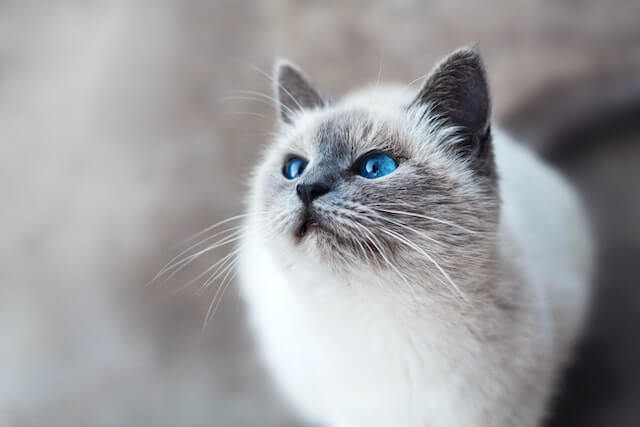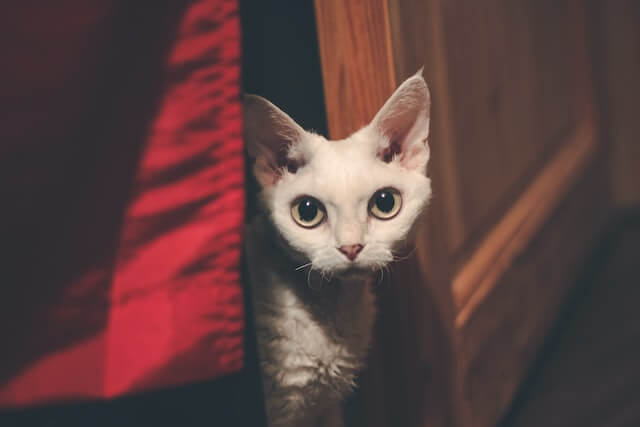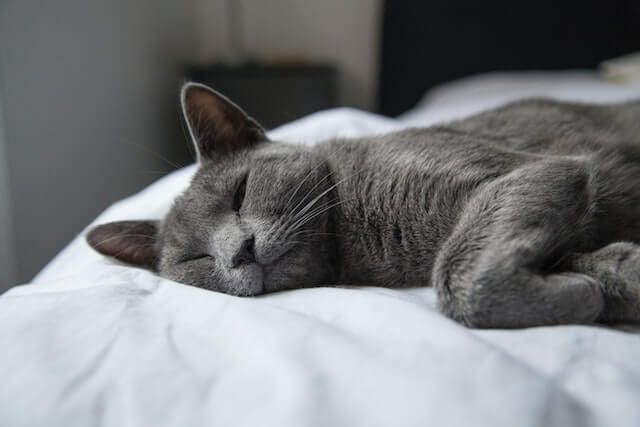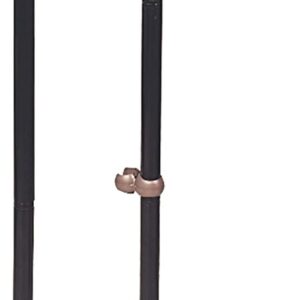7 Hypoallergenic Cat Breeds for Allergic Cat Lovers: Say Goodbye to Sneezing and Sniffling

Cats are one of the most popular pets in the world, loved for their affectionate personalities, playful nature, and ability to provide comfort and companionship to their owners. However, for some people, owning a cat is not possible due to allergies. Cat allergies are caused by proteins found in cat saliva, skin cells, and urine, and can trigger a range of symptoms, including sneezing, wheezing, coughing, and itchy eyes.
In recent years, there has been a growing interest in hypoallergenic cats, which are believed to produce fewer allergens than regular cats.
we will explore what hypoallergenic cats are, how they differ from regular cats, and which breeds are considered hypoallergenic.
What are Hypoallergenic Cats?
Hypoallergenic cats are cats that produce fewer allergens than regular cats. These cats are not completely allergen-free, but they are believed to produce less of the proteins that cause allergies in humans. It is important to note that hypoallergenic cats do not necessarily have a lower likelihood of causing allergies in humans, but they are thought to be a better option for people who are sensitive to cat allergens.
How do Hypoallergenic Cats Differ from Regular Cats?
Hypoallergenic cats are different from regular cats in a number of ways. Firstly, hypoallergenic cats are believed to produce fewer allergens than regular cats. This is because hypoallergenic cats are often bred from cats that have lower levels of the proteins that cause allergies in humans.
Also Read The 4 Cat Health Issues You Should Know
Secondly, hypoallergenic cats often have a different coat type than regular cats. Cats that produce fewer allergens often have coats that are less likely to shed, which means there is less chance of allergens being spread throughout the house. Additionally, some hypoallergenic cats have a coat that is less likely to produce dander, which is a common allergen in cats.
Which Breeds are Considered Hypoallergenic?
There are several breeds of cats that are considered hypoallergenic, although it is important to note that not all cats within these breeds will necessarily be hypoallergenic. Here are some of the most popular hypoallergenic cat breeds:
- Siberian
Siberian cats are a large, long-haired breed of cat that is believed to produce fewer allergens than regular cats. Siberian cats have a thick, dense coat that sheds very little, which means there is less chance of allergens being spread throughout the house.

Additionally, Siberian cats are believed to produce less of the protein Fel d1, which is a common allergen in cats.
- Balinese
Balinese cats are a medium-sized, long-haired breed of cat that is believed to produce fewer allergens than regular cats. Balinese cats have a silky, fine coat that is less likely to produce dander, which is a common allergen in cats.

Additionally, Balinese cats are believed to produce less of the protein Fel d1, which is a common allergen in cats.
- Sphynx
Sphynx cats are a hairless breed of cat that is believed to produce fewer allergens than regular cats. Since Sphynx cats have no hair, there is no chance of allergens being spread through shedding.

However, it is important to note that Sphynx cats still produce saliva and skin cells, which can cause allergies in some people.
- Devon Rex
Devon Rex cats are a medium-sized, curly-haired breed of cat that is believed to produce fewer allergens than regular cats. Devon Rex cats have a short, curly coat that is less likely to produce dander, which is a common allergen in cats.

Additionally, Devon Rex cats are believed to produce less of the protein Fel d1, which is a common allergen in cats.
- Cornish Rex
Cornish Rex cats are a medium-sized, short-haired breed of cat that is believed to produce fewer allergens than regular cats. Cornish Rex cats have a soft, wavy coat that is less likely to produce dander, which is a common allergen in cats.

Additionally, Cornish Rex cats are believed to produce less of the protein Fel d1, which is a common allergen in cats.
- Russian Blue
Russian Blue cats are a medium-sized, short-haired breed of cat that is believed to produce fewer allergens than regular cats. Russian Blue cats have a dense, plush coat that sheds very little, which means there is less chance of allergens being spread throughout the house.

Additionally, Russian Blue cats are believed to produce less of the protein Fel d 1, which is a common allergen in cats.
- Bengal
Bengal cats are a medium to large-sized, short-haired breed of cat that is believed to produce fewer allergens than regular cats. Bengal cats have a unique coat that is soft, sleek, and has a marble or spotted pattern.

Although the Bengal cat produces allergens, they are said to produce fewer allergens than other breeds.
It is important to note that hypoallergenic cats are not a guarantee that a person with allergies will not have a reaction. The severity of allergies varies from person to person, and some people may still have a reaction to hypoallergenic cats. Additionally, the amount of allergens produced by a cat can be affected by factors such as diet, stress, and overall health.
Managing Cat Allergies
For people who are allergic to cats but still want to own one, there are a number of steps that can be taken to manage allergies. Here are some tips for managing cat allergies:
- Keep the house clean – Regularly cleaning the house can help to reduce the amount of allergens in the environment. This includes vacuuming carpets and upholstery, washing bedding, and dusting surfaces.
- Use an air purifier – Using an air purifier can help to filter out allergens from the air. Look for an air purifier with a HEPA filter, which can capture small particles such as pet dander.
- Groom the cat regularly – Regular grooming can help to reduce shedding and the amount of dander produced by a cat. This includes brushing the cat’s coat and bathing the cat regularly.
- Limit exposure to the cat – Limiting exposure to the cat can help to reduce the amount of allergens in the environment. This includes keeping the cat out of certain rooms in the house, such as the bedroom.
- Talk to a doctor – If you are experiencing symptoms of cat allergies, talk to a doctor. They may be able to recommend medication or other treatments to help manage your symptoms.
Check out the Best Shampoo for Hypoallergenic cats
Where to Find Hypoallergenic Cats in the USA ?
To find a hypoallergenic cat in the USA, you can start by contacting local breeders or rescue organizations that specialize in these breeds. You can also search online for breeders and rescue organizations that may be able to help you find a hypoallergenic cat that’s right for you.
It’s important to note that even hypoallergenic cats can still cause allergies in some people, so it’s always a good idea to spend some time with a cat before bringing them into your home to see how you react to them.
Conclusion
Hypoallergenic cats are a popular option for people who are allergic to cats but still want to own one. These cats are believed to produce fewer allergens than regular cats, and there are several breeds that are considered hypoallergenic.
However, it is important to note that hypoallergenic cats are not a guarantee that a person with allergies will not have a reaction, and managing allergies requires a combination of strategies, including regular cleaning, grooming, and limiting exposure to the cat.
If you are considering owning a hypoallergenic cat, it is important to do your research and talk to a doctor to determine if it is a suitable option for you.
Disclaimer: This article may contain affiliate links to products. All product details reflect the price and availability at the time of publication. We may receive a commission for purchases made through these links.



